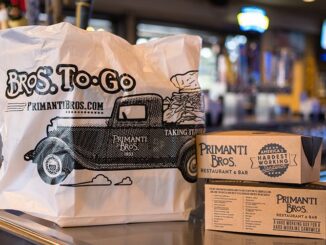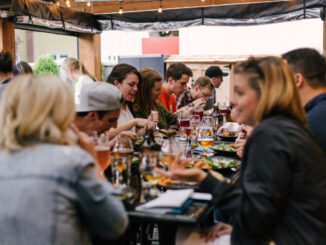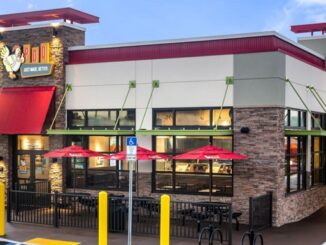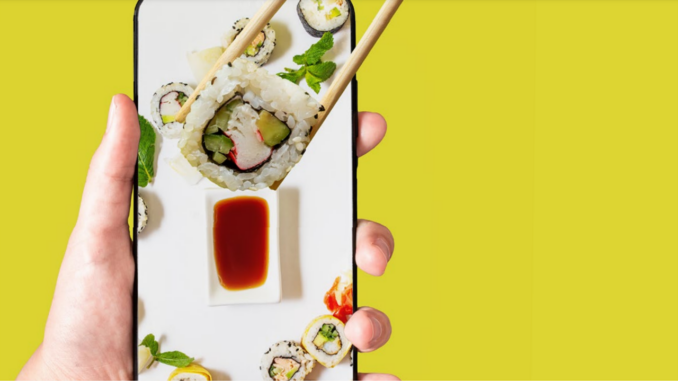
2.16.2021
Restaurant customers who are members of loyalty programs spent more than twice as much on takeout in 2020 as those who are not part of a program, according to a new report from Paytronix Systems. The new also found that U.S. consumers spent a collective $769 billion ordering food last year, with 63 percent of that on food eaten at home ($486 billion).
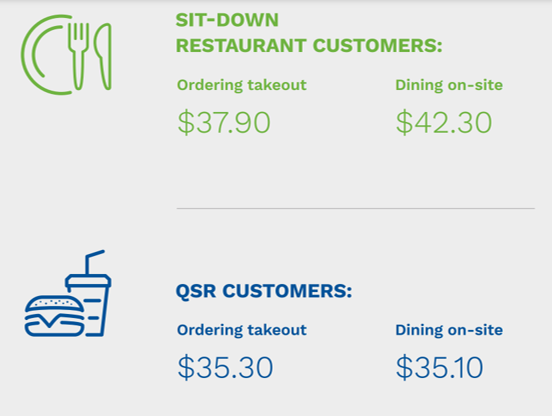 “Digital purchasing channels played a key role in the rise of the new, takeout-centric restaurant industry. Of the $486 billion consumers spent on food eaten at home in 2020, $434 billion — 89 percent — was spent on orders placed via desktop websites, mobile apps and aggregator apps.” – Paytronix and PYMNTS Delivering on Restaurant Rewards.
“Digital purchasing channels played a key role in the rise of the new, takeout-centric restaurant industry. Of the $486 billion consumers spent on food eaten at home in 2020, $434 billion — 89 percent — was spent on orders placed via desktop websites, mobile apps and aggregator apps.” – Paytronix and PYMNTS Delivering on Restaurant Rewards.
The latest Delivering on Restaurant Rewards report, produced with PYMNTS.com, takes a step back to examine the demand spike for takeout ordering and its impact on the restaurant industry. A census-balanced panel of 2,096 United States consumers were surveyed to understand how often they order restaurant food, where that food is consumed (at home or at a restaurant) and the relationship between ordering methods (via aggregators versus direct from a restaurant), the use of restaurant loyalty programs and order size.
Key findings from the research include:
- Takeout orders accounted for 63% of the $769 billion that consumers spent ordering food from restaurants in 2020 ($486 billion takeout orders).
- Online and mobile orders drove 89% of takeout spend via digital channels ($434 billion).
- 61% of digital food orders in 2020 was spent at restaurants that had only offered sit-down dining services prior to the pandemic ($264 billion).
- Customers spent a collective $290 billion on food orders from quick-service restaurants (QSRs), with 59% ($171 billion) in takeout/delivery orders.
- Consumers spent 50% more on average when they place orders online for takeout.
“The consumer shift from dine-in experiences to takeout has brought new opportunity for restaurants, as consumers spent significantly more on food to eat at home versus on-site, regardless of the type of restaurant from which they ordered,” said Paytronix Systems CEO Andrew Robbins. “The trends will continue through 2021, with consumers encouraged to spend more on food orders due to three primary factors: The ability to order online, to pick up orders via a drive through or curbside pickup, and loyalty/reward programs.”
Delivering on Restaurant Rewards, a PYMNTS and Paytronix collaboration, draws from a survey of a census balanced panel of 2,096 U.S. consumers to gain insights into the types of rewards programs they use and would like to use while making food orders. Respondents were 47 years of age, on average, 32 percent had college degrees and 35 percent earned more than $100,000 in annual income.
Download the full report: Delivering on Restaurant Rewards


